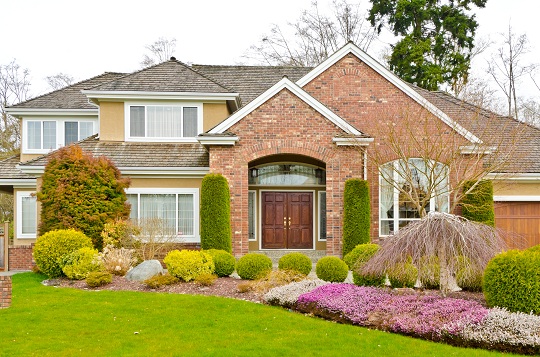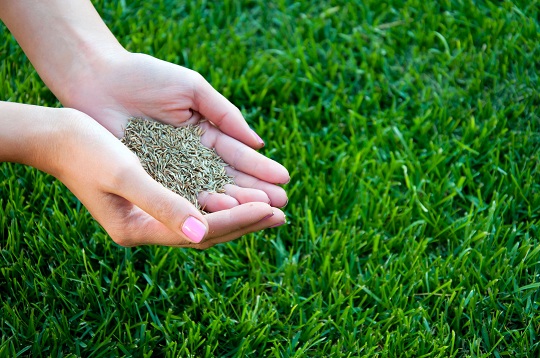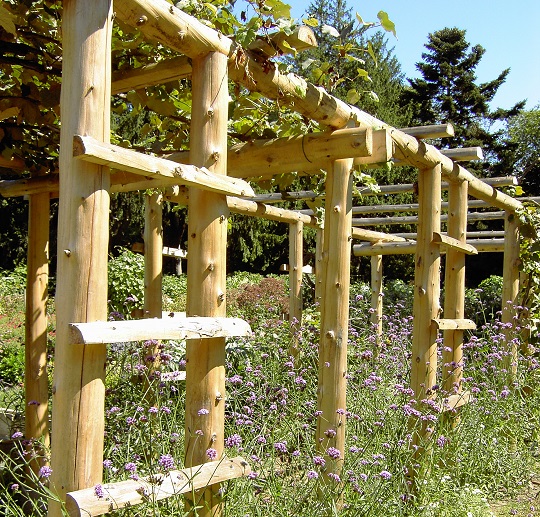Autumn calls to mind images of falling leaves, changing weather, and kids in new clothes waiting nervously for the school bus. In this season of change, we also can’t help but think of the upcoming holidays where friends and family come for the company and stay for delicious meals. One way to make every meal even more special is to use vegetables from your very own home garden. Surprisingly, may of the most nutritious seasonal vegetables are best planted in fall. Some notable fall friendly vegetables include broccoli, carrots, kale, spinach, and garlic.
So, whether you’re looking for a fulfilling way to spend your down time with the kids heading off to school, or if you want an outdoor activity to bring you all together between dance class and soccer practice; now is the perfect time to start your very own vegetable garden with some helpful fall vegetable gardening tips. Before getting your bucket and spade…
Check out this step-by-step process for getting more green out of your garden this fall.
1. Choose the location of your garden wisely. Make sure your vegetables will be exposed to up to eight hours of sunlight daily and ample rainfall. Healthy soil is slightly moist and loose enough to be penetrated by roots.
2. Check each seed pack for how much space your vegetables need, as the amount varies greatly. For example, carrots and broccoli usually only require two to four inches between plants, while kale can require up to a foot.
3. Ensure that the pH of your chosen soil is ideal for your vegetables. Carrots, for example, prefer more acidic soil; to prepare an ideal environment, you can even add lime to the soil.
4. Be aware of your climate. Fall vegetables are not well-suited for summer heat, so if it lingers in your area, it might be better to start the seeds with a simple indoor hydroponic setup – or you can plant them a little bit deeper, where it’s typically a few degrees cooler.
5. If your seeds are outside and temperatures are above Fall average, give them extra water to compensate for evaporation. After germination, you can water heavily once a week rather than lightly every day if you find it more convenient.
After you’ve taken all of these precautions (along with spreading a tarp over the areas of your garden prone to freezing at night), you’re ready to raise that green thumb. But if your yard is a bit rougher, with soil too dense, rocky, acidic, basic, whatever, for plant life, and your schedule a little packed to do something about it, we have the perfect solution for you: TalkLocal. Our unique and free search system will connect you with the perfect landscaper to turn an ordinary backyard into a rich, money-saving garden.










